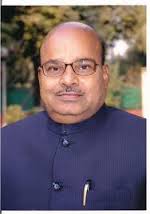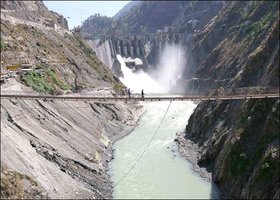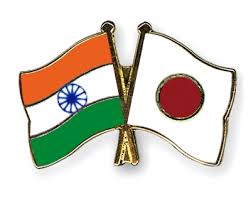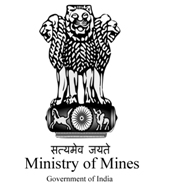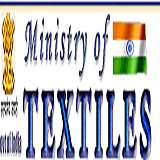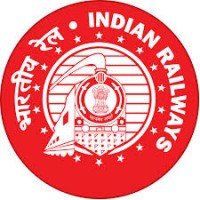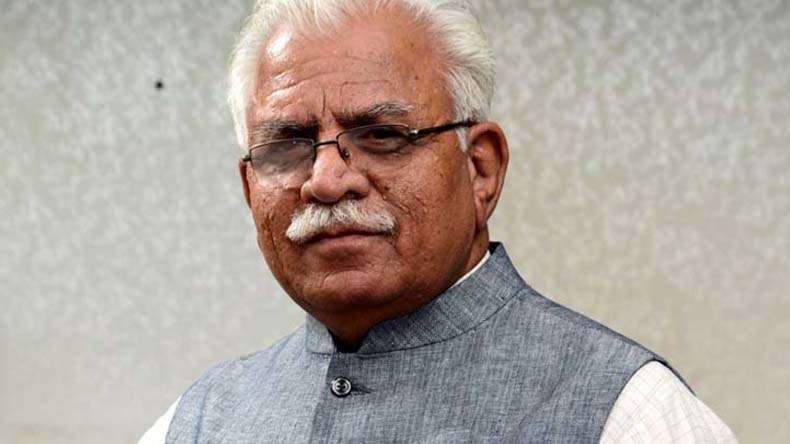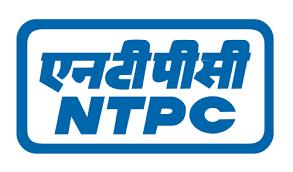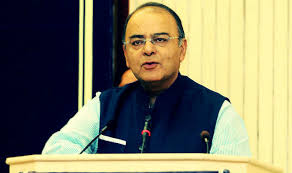Summary:Introducing a noise net around airfields that emits sound levels equivalent to those of a conversation in a busy restaurant could prevent collisions between birds and aircraft, saving passenger lives and billions in damages, new research has found.
Introducing a noise net around airfields that emits sound levels equivalent to those of a conversation in a busy restaurant could prevent collisions between birds and aircraft, saving passenger lives and billions in damages, new research has found.
A study published in Ecological Applications led by Professor John Swaddle, visiting Research Associate at the University of Exeter, found that filling a controlled area with acoustic noise around an airfield, where the majority of collisions tend to take place, can reduce the number of birds in the area by 80 per cent.
Bird strikes cost the aviation industry worldwide billions of pounds annually, $937 million in the US alone, and were responsible for 255 deaths between 1988 and 2013, yet measures to reduce these have been largely ineffective. Collisions also pose a threat to resident and migratory birds as they often find the habitat around airports such as wetlands and open fields attractive.
Techniques to deter birds from airports include shooting, poisoning, live-capture and relocation, and the use of scare technologies, but these have proved largely ineffective. Professor Swaddle and his team believe they have found a benign and relatively cost effective solution to the problem by emitting 24- hour noise in the area to interrupt bird communication.
The researchers set up speakers and amplifiers in three areas of an airfield in Virginia USA and observed bird abundance over eight weeks, the first four weeks without noise and the second four weeks with the noise turned on.
Results showed a large decrease in the number of birds in the ‘sonic net’ and areas just outside and found that it was particularly effective at deterring a number of species that were at high risk of bird strike such as starlings.
“We have conducted prior research in an aviary but this is the first study done out in the field to show the efficacy of the sonic net. We are using a different kind of deterrent–trying to stop birds from hearing one another by playing a noise that is at the same pitch as the alarm calls or predator noises they are listening out for,” said Professor Swaddle, who is also Professor of Biology at the College of William and Mary in Williamsburg in the US.
“By playing a noise at the same pitch, we mask those sounds, making the area much riskier for the birds to occupy. The birds don’t like it and leave the area around the airfields, where there is potential for tremendous damage and loss of life.”
There was no sign of the birds becoming habituated to the noise which was set at a level louder than a domestic dishwasher but no more than that of a noisy restaurant.
“These findings have implications for airport safety but also have potential applications for agriculture and for alternative energy sources such as solar farms, where birds living and feeding in the area can cause disruption, and around wind turbines where the birds are at risk of collision and the threat to birds can sometimes be a legislative barrier,” Professor Swaddle added.
Source:University of Exeter(science)




